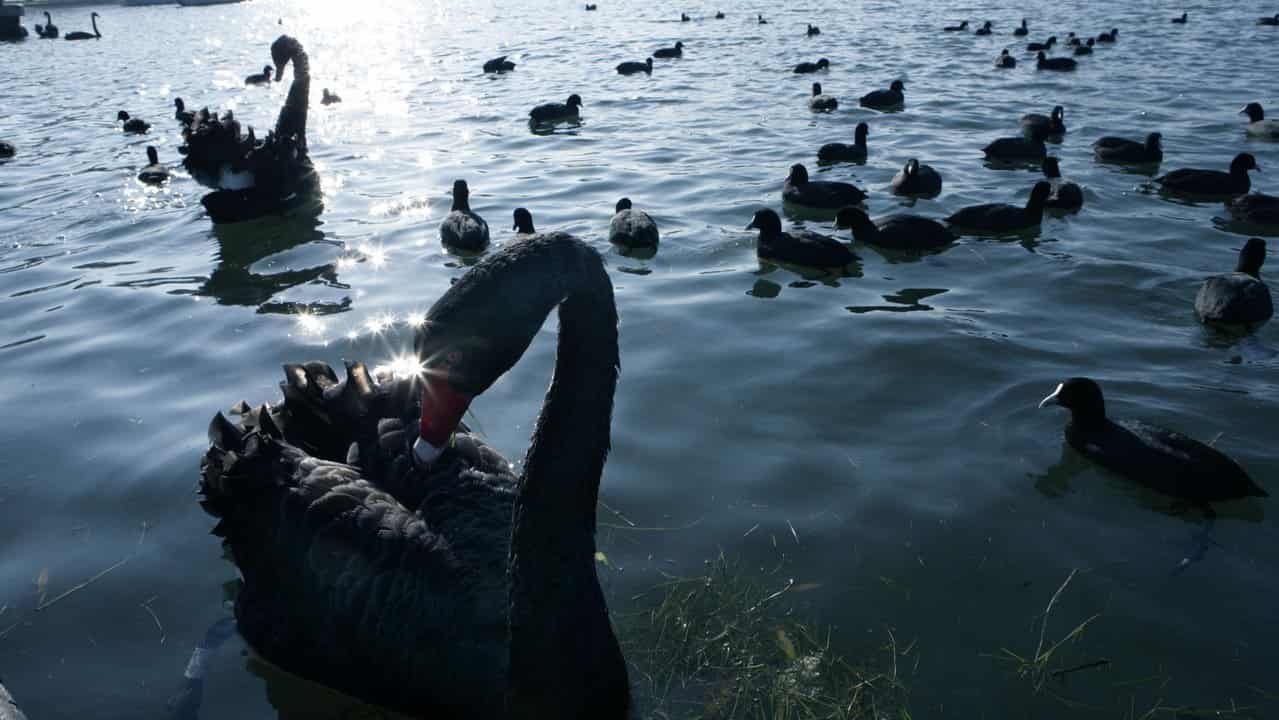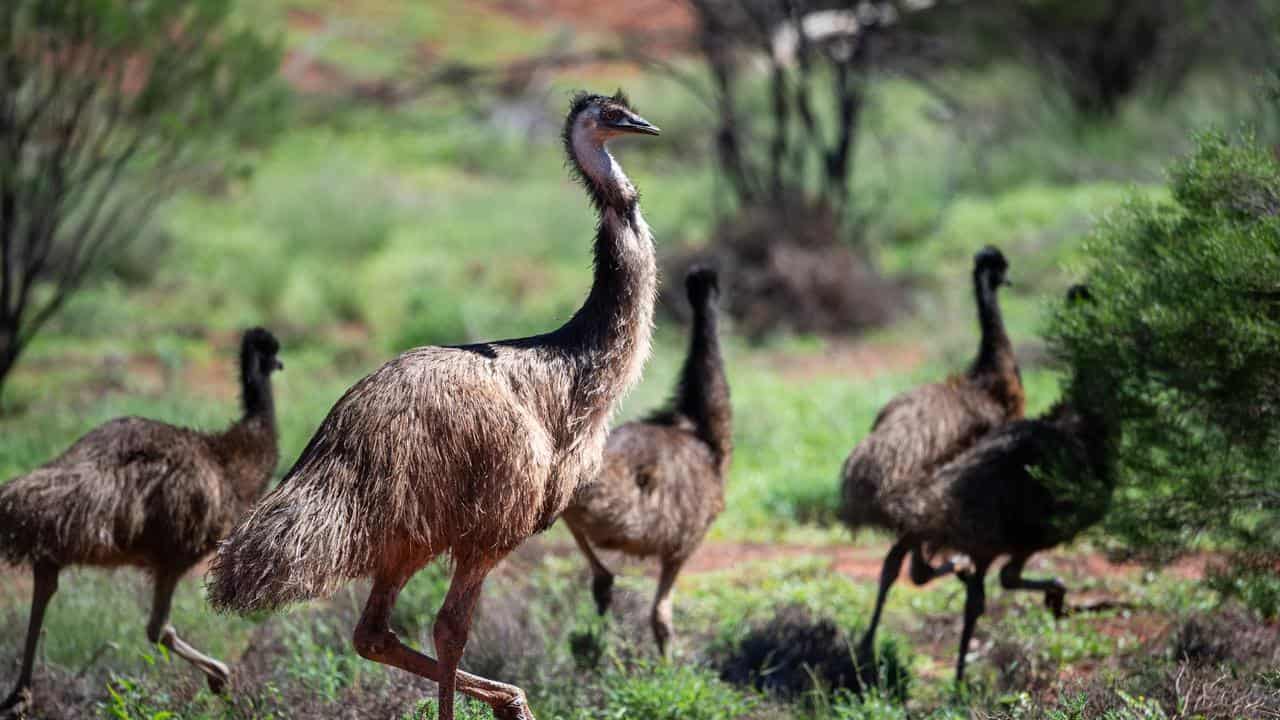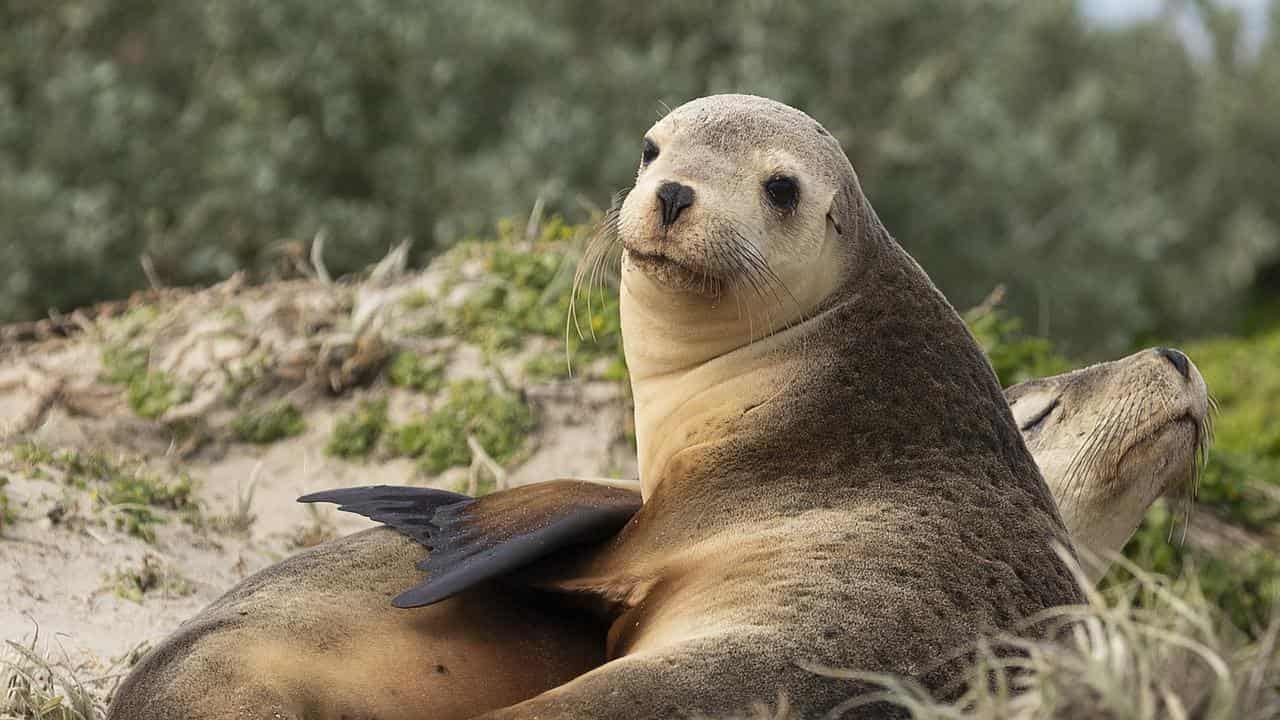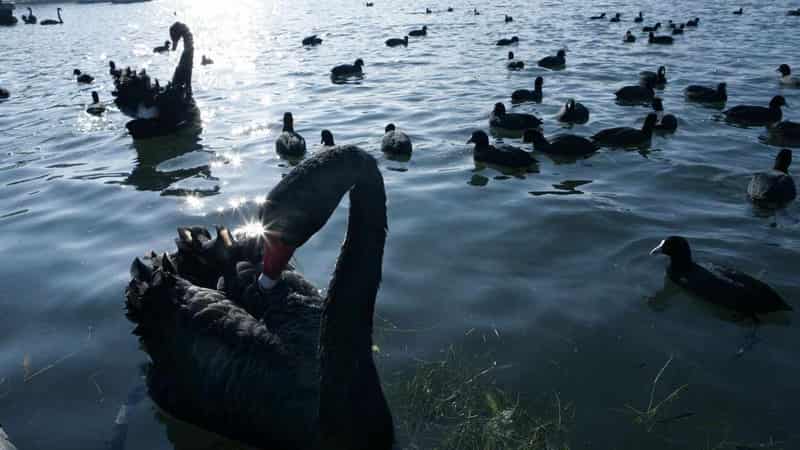
Penguins, pelicans and black swans are among some of Australia's most beloved birds that could be wiped out if a deadly strain of bird flu is not contained, experts warn.
The federal government will spend $95 million preparing for the H5N1 strain of avian influenza, which has caused respiratory illness, reduced egg production and sudden death among wild birds and some mammal species in other countries.
The H5N1 strain is different to the strain that led to egg shortages in Australian supermarkets earlier in 2024.

Australia is the only continent without H5N1 but chief medical officer Paul Kelly says it's coming.
"It's really when, not if, this arrives, and we've seen in other parts of the world, whilst there has been rather mild human disease so far, this virus is changing very quickly," he told reporters in Canberra on Monday.
The flu could have devastating impacts on Australia's wildlife populations, particularly species only found in certain locations or islands, Golo Maurer from BirdLife Australia said.
"We're so concerned about extinction risks and the threat that this virus is posing to some of our most vulnerable species," he told AAP.
"There's also other species that are depending on the ecosystem, so that would be a dramatic trickle down effect on biodiversity from losing certain species."
A major concern was healthy populations of birds being "decimated" within weeks or months, Dr Maurer said.
Species at risk included the black swan, Australian pelican, little penguins and emus.
Professor Kelly said a bird flu outbreak would not lead to human health issues, but would spread in the same way as other influenza viruses.
The funding includes $35.9 million to boost environmental measures and protections for threatened and priority species.
Another $37 million will be invested in protecting agriculture, including boosting biosecurity and scientific capabilities, nationally co-ordinated communications and enhancing wild bird surveillance.
The remaining $22.1 million will go towards increasing the number of ready-to-use pandemic flu vaccines in the National Medical Stockpile.

Agriculture Minister Julie Collins said migratory birds would bring the flu strain to Australia, making it difficult to stop.
"What we are doing in terms of preparedness and the reason we're doing this, is to make sure that we maintain food security and food safety," she said.
Environment Minister Tanya Plibersek said about 500 bird species and 80 mammal species had been affected by the bird flu strain.
"Spring is the most likely time for it to hit because of those migratory bird species that will come in from countries where this strain is prevalent," she said.
"We are doing our very best to make sure that we don't see mortality that would send threatened species extinct in the wild."
The Invasive Species Council's advocacy director Jack Gough welcomed the funding announcement, acknowledging Australia would not be able to stop the disease from arriving.
The funding was a "down payment for preparedness" that would allow departments to "properly (prepare) to save wildlife and stop extinctions", he said.









